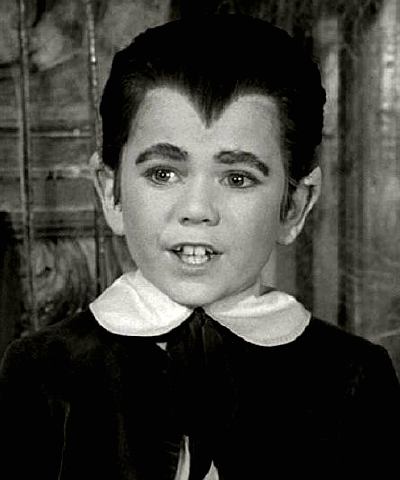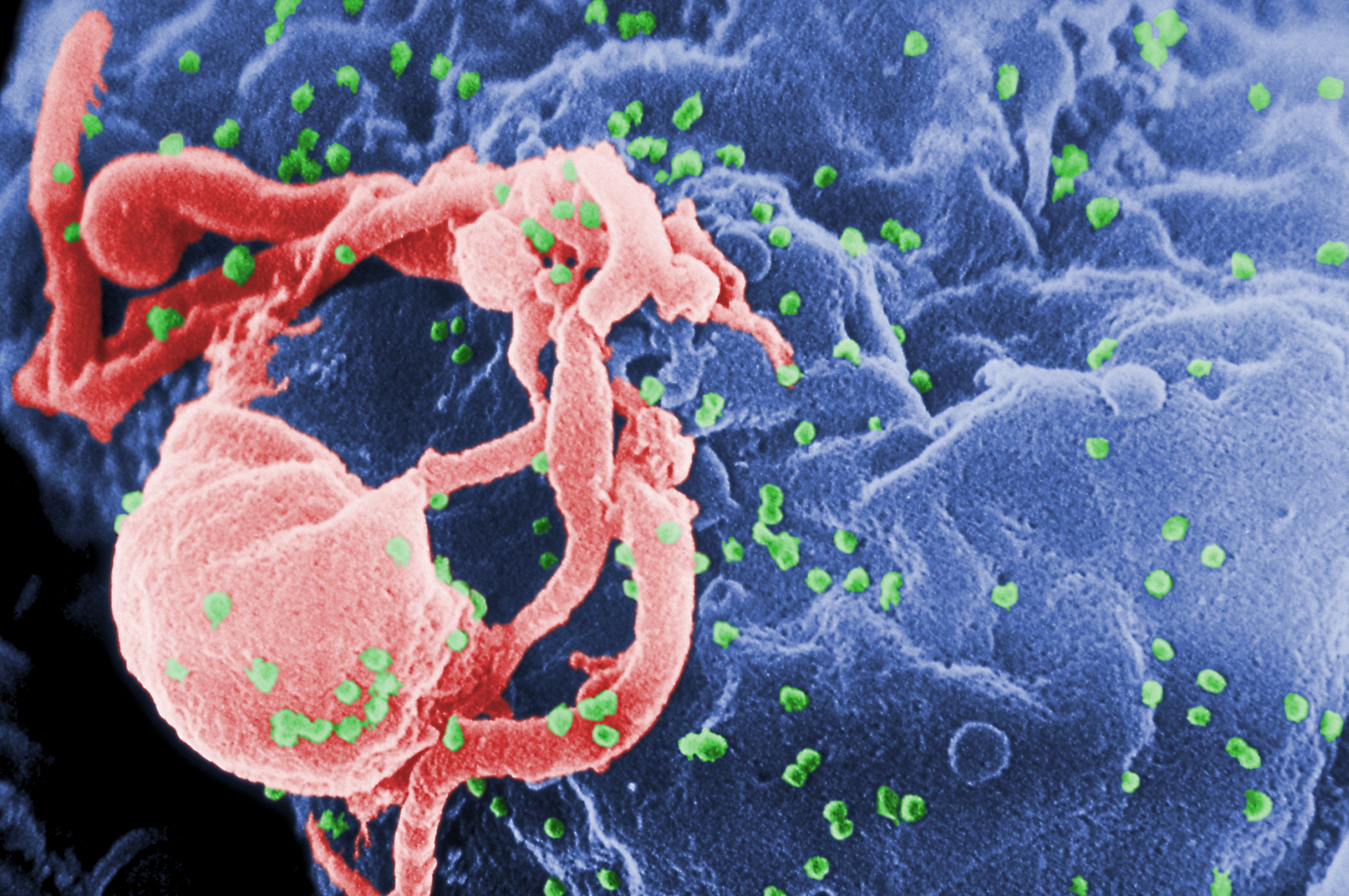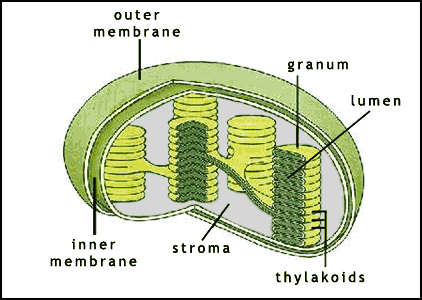Dawson Jones
9-McCurdy Biology
2/14/11
Breast Cancer: An Overview of the Disease Killing Thousands
What is Breast Cancer?
Breast cancer is a disease that forms from cancerous cells in the breast. The cancerous cells are most commonly found in the lobules of the breast, which is where the milk is produced. Cancerous cells can also sometimes be found in the ducts of the breast, which are the pathways that carry milk from the lobules to the nipple. Breast cancer can also manifest in the cells of the fat tissues of the breast, but it is much more commonly diagnosed in the lobules or ducts.
Breast cancer is found in women the majority of the time, but men can still get the disease. Less than 1% of breast cancer cases diagnosed are in men, so it is much more prevalent in women. 207,090 new cases of breast cancer were detected in women in 2010, 39,840 of the cases resulting in death, while 1,970 new cases were found in men, with 390 cases resulting in death. Breast cancer has the highest rate of death among cancers in women, which may lead you to believe that breast cancer is hard to treat, but it is simply because about 28% of cancers diagnosed in women are breast cancers.
How do you get breast cancer?
1 in every 8 women in the United States will develop breast cancer before they are 80, which is about 12% of the female population. However, there are many things that can raise that percentage risk, such as family history of breast cancer, reproductive history, high alcohol consumption, old age, and being of certain races that are more prone to developing breast cancer. There are also many factors that can lower that percentage of risk such as a healthy diet, exercise, and many others.
The way cancerous tumors are formed on a molecular level is that most commonly one of two genes, either BRCA1 or BRCA2 is mutated in your DNA. The mutation of these tumor suppressor genes can be inherited from family genes, which is why women who have had a family history of breast cancer are at a much higher risk of developing breast cancer. When BRCA1 or BRCA2 are mutated, they go through a process of cell replication and division called the cell cycle at a much faster rate because the tumor suppressor genes have been mutated and therefore deactivated. Tumor suppressors in normal cells keep the cell cycle in check and make sure that it stops at its various checkpoints throughout the cycle to ensure there are no mutations, but once BRCA1 or BRCA2 are mutated, they replicate rapidly with no checkpoints, resulting in the growth of a tumor in the breast.
Breast cancer has various stages that measure the degree of the development of the disease. A chart of the stages of breast cancer can be found at the bottom of the following page:
http://www.breastcancer.org/symptoms/understand_bc/what_is_bc.jsp. If breast cancer goes undiagnosed and moves up through its stages, it has the potential to spread from the lobules and ducts of the breast into the fat tissues of the breast, and eventually into the lymph nodes, which is where the cancer can metastasize. When breast cancer metastasizes, the tumor of mutated cancerous cells enters the lymph nodes, located underarm, which usually fight infections in your body. A piece of the tumor can break off into the blood stream, which can then transport it into any part of the body where it can continue to grow and spread. Catching breast cancer in its early stages is crucial because once it metastasizes, it becomes increasingly harder to cure.
Symptoms and Treatments:
Most of the symptoms of breast cancer can be detected on the surface of the breast, or in the fat tissue of the breast. Symptoms include lumps in the breast, substances other than milk secreting from the nipple, inverting of the nipple, peeling nipple skin, a change in size and or shape of the breast, and irritation of the skin over the breast such as flaking, redness, and indenting.
Breast cancer can be a very treatable cancer depending on what stage it is in. The key is to have it diagnosed before it reaches the lymph nodes and has a chance to metastasize. There are a number of ways to go about treating breast cancer, the first of which is surgery. There are two major types of surgery, lumpectomy and mastectomy. Lumpectomy is known as the breast-conserving surgery because the surgery only cuts out the tumor in the breast. Mastectomy is a more serious surgery, which involves removing the entire breast. Mastectomies are more effective and ensure that the breast cancer will be completely removed, however they are unnecessary in some cases of breast cancer when the tumor can be easily located, isolated, and removed without completely removing the breast. In both cases of surgery many women choose to undertake breast reconstructive surgery, which is simply a form of plastic surgery that replaces the breast, but is very painful.
Chemotherapy is a form of treatment that targets and kills all cancerous cells in your body. It is a commonly used treatment for post-surgery patients to ensure that all of the cancer cells were scooped out, but can also be used to shrink the tumor before surgery is conducted. Most breast cancer patients take chemotherapy in many combinations of two or three chemotherapy medicines. These forms of chemotherapy are called chemotherapy regimens, and are very effective against breast cancer, killing all cancer in 30-60% of patients treated.
Radiation Therapy, more commonly known as radiotherapy, is also commonly used in patients after surgery to ensure that all of the cancerous cells have been removed. Radiotherapy is the process of high-energy light beams being concentrated on the site of the cancer, which damages the DNA of the cells so that the cells cannot replicate, and eventually die off. However radiotherapy also has negative effects on the cells that it must travel through before it reaches the cancer site, but it is most effective on the cancerous cells because the regular cells are able to repair the damaged DNA, while cancerous cells fail to do so.
Surgery, chemotherapy, and radiotherapy are the three most common treatments for breast cancer, but there are many other treatments being tested and developed in labs that may prove to be more effective. The death rates of women diagnosed with breast cancer have been decreasing steadily since 1990 as a direct result of more effective treatments. Breast cancer is a highly studied and explored cancer, and the future looks very bright for the advancement of treatments and cures for the disease killing thousands.
Bibliography:
 In 5th grade we studied the various systems of the human body: respiratory, digestive, and circulatory. Seeing as this was a whole four years ago, I don't remember very many details, but I have held onto the basics such as the general path food takes through you body (stomach, upper and lower intestines, etc.) and how blood is pumped throughout our bodies. I remember the four sections of the heart: the right and left atriums and the right and left ventricles. I remember how we breath and how we retain the oxygen we need from the air around us (with a little bit of help from the review we did this year). Those are some of the few things that I remember from my studies in 5th grade, but I also know much more about the human body from sources other than school.
In 5th grade we studied the various systems of the human body: respiratory, digestive, and circulatory. Seeing as this was a whole four years ago, I don't remember very many details, but I have held onto the basics such as the general path food takes through you body (stomach, upper and lower intestines, etc.) and how blood is pumped throughout our bodies. I remember the four sections of the heart: the right and left atriums and the right and left ventricles. I remember how we breath and how we retain the oxygen we need from the air around us (with a little bit of help from the review we did this year). Those are some of the few things that I remember from my studies in 5th grade, but I also know much more about the human body from sources other than school.









